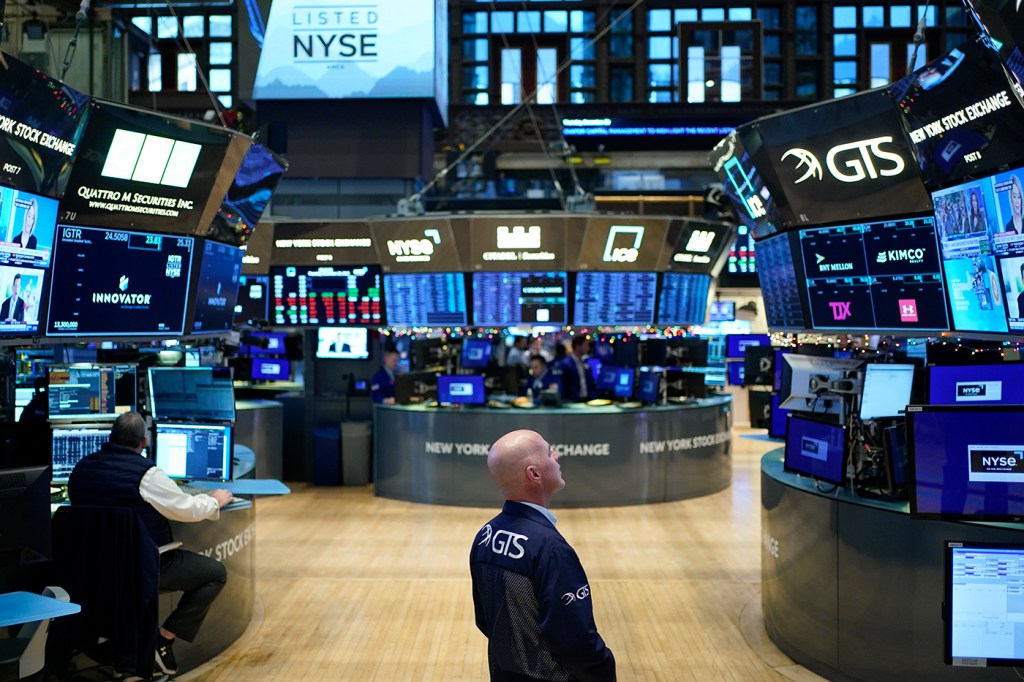Inflation rate at 6.4%. Fed has not yet ‘won the battle against inflation,’ Northeastern economists explain

U.S. inflation moderated in January from historic highs, but two Northeastern experts say the economy has a ways to go before it is reigned in.
The consumer-price index, a measure of inflation, climbed 6.4% in January from a year earlier, and is down from 6.5% in December, the Labor Department said Tuesday. The report marked the seventh straight month of cooling in annual inflation since it peaked at 9.1% in June, the highest reading since 1981.

“I have a rather pessimistic interpretation of it,” says William Dickens, a professor of economics and public policy at Northeastern University. “We still have some ways to go to bring inflation down.”
Dickens suspects that the Federal Reserve is not happy with the report and will have to increase the federal fund’s target rate further—to guide overnight lending among U.S. banks. The current rate is 4.5% to 4.75%. A year ago, it was close to 0%.
There are lags on the impacts of inflation and monetary policy changes, Dickens says. In some cases, the CPI can reflect the inflationary environment from a year ago.
When the federal fund rate is raised it ultimately affects the interest on loans such as mortgages, cars and credit cards. The longer the loan term, the less it is influenced by the increase.
“The cost of overdoing it will be to send us into a recession,” Dickens says. “That’s the tightrope [the fed] has to walk.”
As people continue to be baffled over the price of goods at the store, Dickens notes it is different pressure pushing up those prices—relative price adjustments, which is not a monetary phenomenon. They arise in market economies as individual prices adjust to the ebb and flow of the supply and demand of various goods.
Driving up the cost of goods is the avian flu for the price of eggs, supply chain issues, and the war between Russian and Ukraine, Dickens says. Eventually, those pressures will ease and the price of those products will level off or lower.
The goal of the Fed is to slow the economy by raising the unemployment rate and slow the growth in wages—not defend people’s purchasing power, Dickens says.
With strong employment numbers and gross domestic product (GDP) growth, Dickens said it is not impacting the general economy yet and most will not cut back on spending until there are significant job losses.
When volatile items are stripped, the inflation rate remains higher than the Fed’s stated goal of 2% inflation, says Robert Triest, a professor of economics at Northeastern University.
Core CPI, which excludes volatile energy and food prices, rose 5.6% from a year earlier, down from 5.7% in December.
Even though the inflation rate was slightly higher than Triest expected, the process of the inflation rate coming down is continuing albeit at a relatively slow pace now.
“Inflation is moderating, but it has a way to go,” says Triest. “There was nothing in the news that convinced the Fed it’s won the battle against inflation.”
Beth Treffeisen is a Northeastern Global News reporter. Email her at b.treffeisen@northeastern.edu. Follow her on Twitter @beth_treffeisen.






